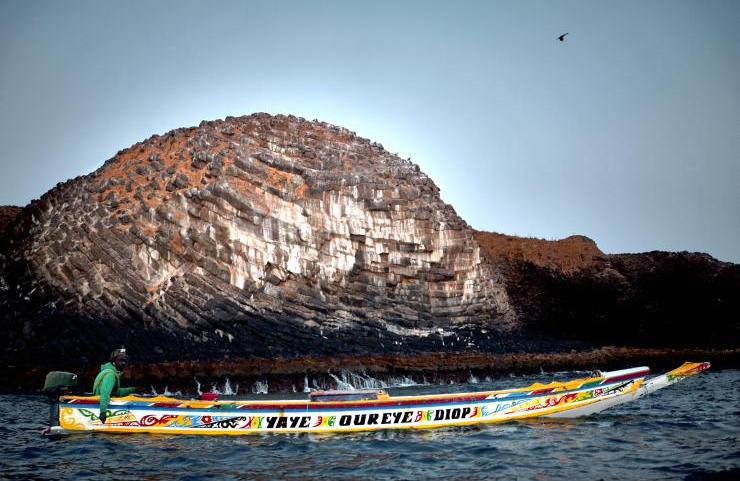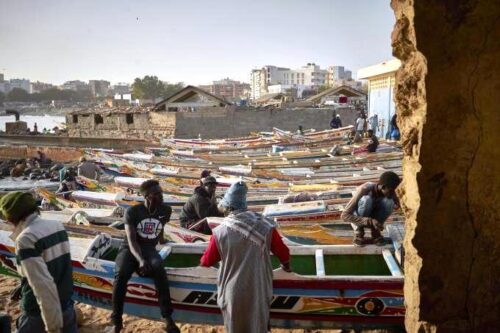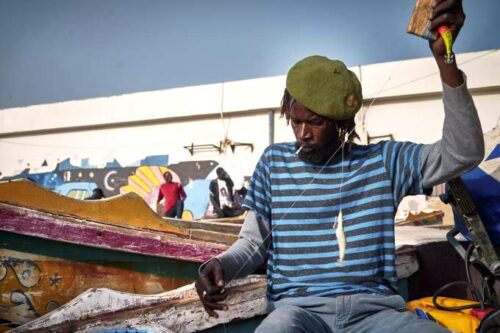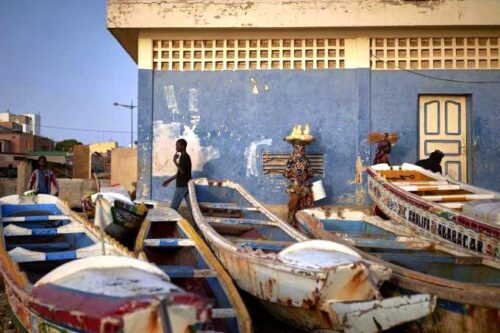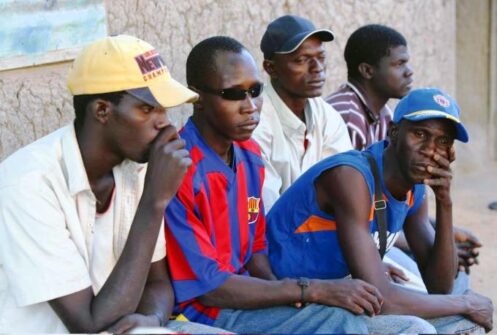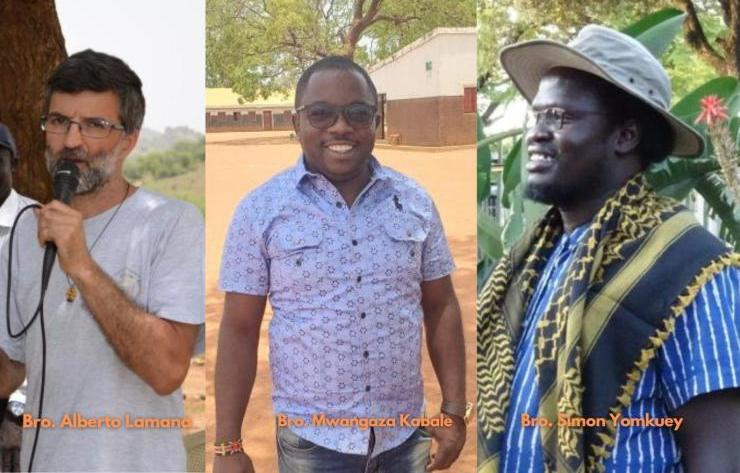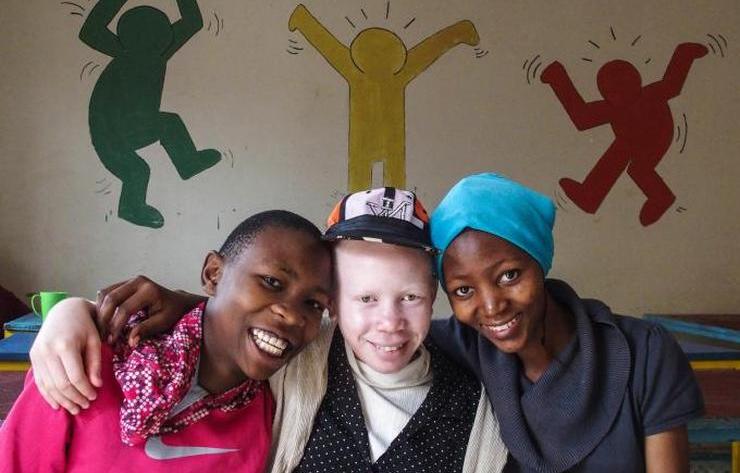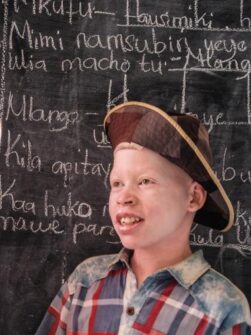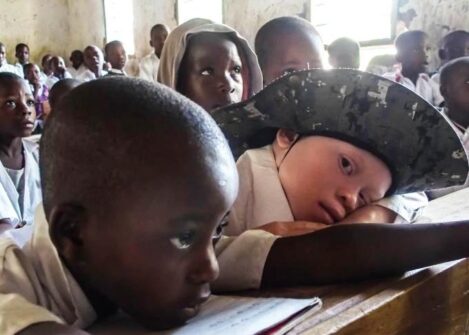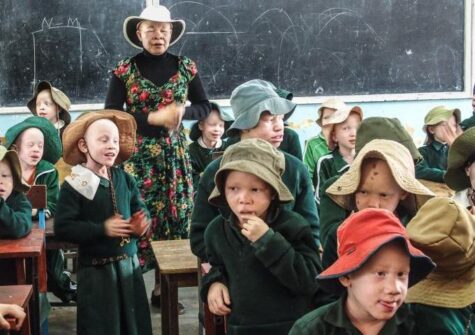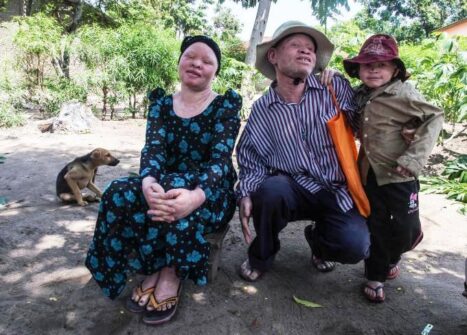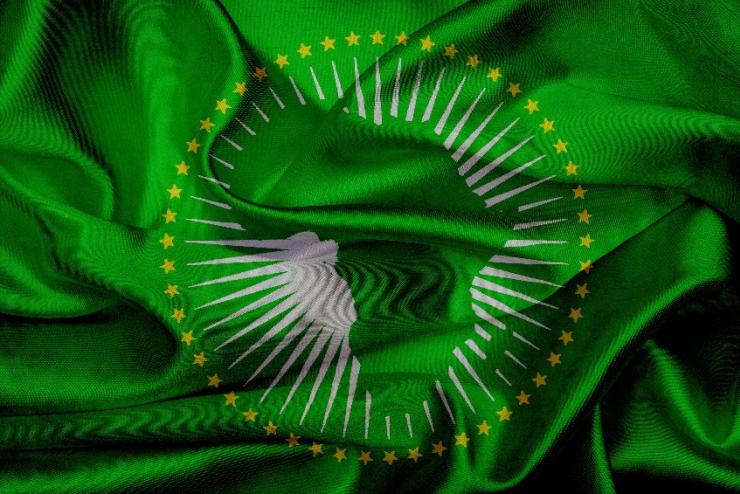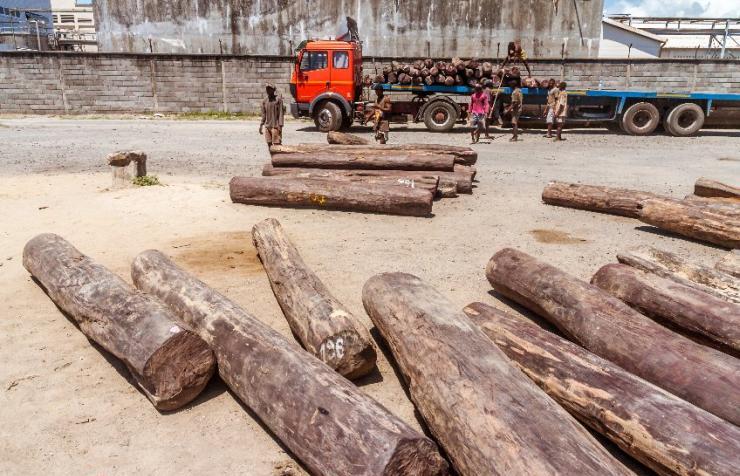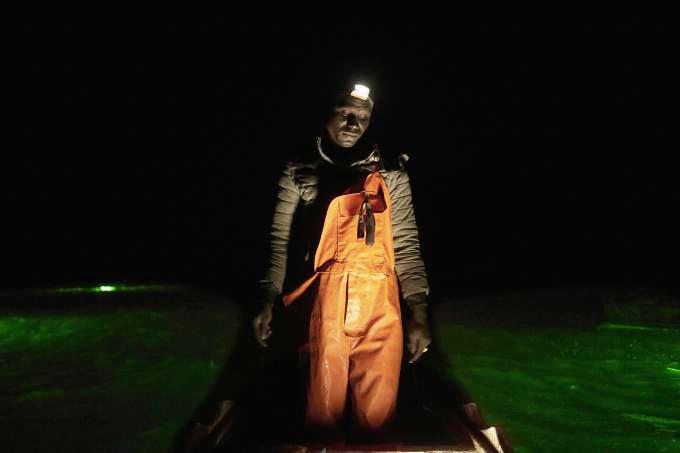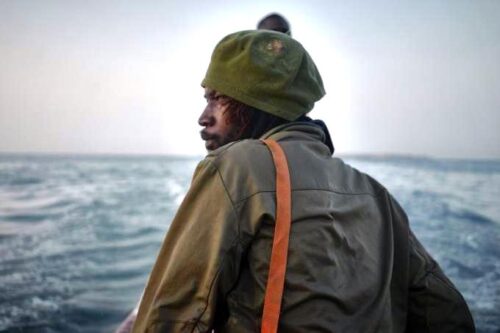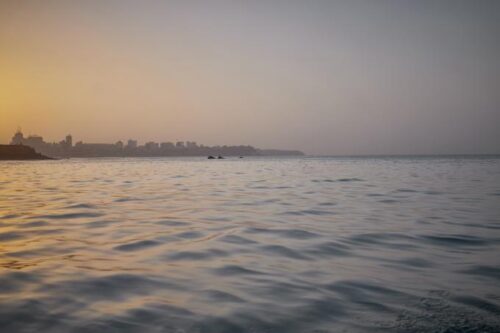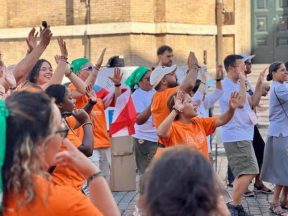Agroforestry. Life back to the land.
Two projects, systems of agroforestry, are helping bring life back to the land in Central America
Rainforests are the most productive ecosystems on the planet, and yet we take the opposite approach when growing food. We slash and burn vast areas of forest to make way for cattle and monoculture crops that require billions of gallons of water every year — alongside the use of pesticides, herbicides and genetically modified hybrids.
A generation of farmers are abandoning their land in desperation, fleeing to over-crowded cities and leaving their once-cherished land depleted. Thanks to the work of two projects, however, systems of agroforestry are helping bring life back to the land.
In the village of Tatin, near Livingston in Guatemala, Contour Lines has been revolutionising the agriculture system in the area by planting rows of fruit trees, legumes and annuals along the contours of the hills. The root systems help prevent rainwater runoff and soil erosion and “build terraces of fertility over time”, the project says. The plants also sequester carbon and provide the community with a wider variety of food. So far almost 317,00 trees have been planted across 115 villages.
Juan, a 23-year-old farmer and a member of the Q’eqchi’ ethnic group, told Resurgence & Ecologist: “Before this project began, I was going to leave. But when young people start seeing projects like this happen in their communities, they might decide to stay. Our staple crops, such as corn, aren’t growing like they used to. People my age want to leave the village and find work in the cities instead.”
Flory Coc, aged 43, has worked on farms her entire life. She told me how the introduction of food forests has transformed farming as she’s known it: “The women in Guatemala, especially my Q’eqchi’ group, are engaged in cultivating the land, and this is very beneficial to us because we are deeply connected to the land,” she said.
“I can assure you that women are the power behind cultivating food… Growing food forests makes our lives a lot easier because it involves less physical labour. We are currently trying to look for an alternative solution. If we are dedicated to only one crop as a monoculture, it can fail due to lack of fertiliser, which is expensive. In using this method, the earth loses its nutrients. We are also forced to use insecticides.
Through the food forest project, we are changing and encouraging the growth of more plants, which also feeds us as a community.
And we can use the same plot of land each time. The whole community is part of this transition.”
Mike Hands is a tropical ecologist and the founder and director of the Inga Foundation in neighbouring Honduras. He has worked closely with local communities to combat deforestation by popularising an agroforestry system known as inga alley cropping.
It was a difficult experience watching entire forests go up in smoke during field studies in Africa during the 1980s as farmers used slash-and-burn techniques to plant crops. Hands recalled seeing “vast areas of forest being replaced by nothing but grass”. Today, roughly 7% of the world’s population uses slash-and-burn. The fires release the carbon stored by the trees back into the atmosphere at alarming rates.
“In the humid tropics there are barely any sustainable agricultures. This was the problem I was trying to address in the eighties. Why was this so?” Hands asked. “You’ve got the most biologically successful ecosystem in the rainforest and yet people are turning to slash-and-burn. It doesn’t work. It maintains people in poverty.”
The agroforestry system Hands helps promote is based on the use of inga, which is grown as a companion plant alongside other crops such as cacao and coffee. Inga “ticks away in the background and can be something that farmers sell”, Hands explained.
Since inga is a nitrogen-fixer and fruiting tree, it provides nutrients for the soil, protects roots, and acts as natural pest control. It also provides firewood, and this slops villagers from encroaching into the forests.
“For the first time, people were able to grow crops again,” Hands said. “This was a breakthrough.” He added: “We told the farmers that we could give them everything they need, but even so they would have to wait two years before getting a successful harvest. But even knowing that, they still wanted the system.”
Pilot schemes have now demonstrated the resilience of inga alley cropping in the face of storms – including climatic El Niño events.
The inga alleys have proved to be more resistant to changing weather patterns.
“El Niño ripped every peak of conventional cropping on those slopes and was followed by nine weeks of drought, from which most conventional harvests on slopes failed. The only crops that survived were in the inga alleys,” Hands said.
Seeing the success of their neighbours’ plots, many other families are turning to the technique. “We are now witnessing a critical mass of families that are spreading on their own. We now have around 700 families implementing inga alleys,” Hands said.
With the help of funding from organisations such as Kew Gardens and the Eden Project, the foundation currently houses over 75,000 seedlings, including cacao, rambutan, mahogany, and of course inga.
With an agricultural system collapsing under climate breakdown, food shortages are an inevitable part of diversity loss. The work of these two projects shows that using agroforestry techniques to replace monocultures and slash-and-burn can provide a robust and resilient solution that helps nourish the earth and feed mouths.
(Photo: 123rf.com)
Yasmin Dahnoun
Resurgence & Ecologist



